Introduction
Golden Duranta (Duranta erecta), also known as golden dewdrop, pigeon berry, or skyflower, is a striking ornamental shrub known for its cascading branches of vibrant yellow-green foliage and clusters of purple or blue flowers. Native to the tropical and subtropical regions of the Americas, particularly Central and South America, this plant has spread widely across the globe due to its aesthetic appeal and versatility in garden landscapes. Duranta erecta is commonly grown as an ornamental shrub in tropical and subtropical climates for its bright colors, and in some regions, it serves as a hedge or privacy screen.
However, despite its popularity in gardens, Duranta erecta poses ecological concerns in certain areas, as it has become invasive in several regions, including parts of Australia, Africa, and the Pacific Islands. The plant’s rapid growth, resilience, and ability to outcompete native vegetation have made it a focus of both horticultural admiration and ecological scrutiny. In this article, we will delve into the environmental niche of the golden duranta, exploring its habitat, ecological role, interactions with wildlife, and the challenges it presents as an invasive species.
Duranta Erecta: An Overview
Duranta erecta is a fast-growing, evergreen shrub or small tree that can reach heights of 10 to 15 feet when left unpruned. Its most notable feature is its bright, golden-green foliage, particularly in cultivated varieties known as “golden duranta,” which is prized for its vibrant hue. The plant produces clusters of tubular flowers, ranging in color from lavender to blue or white, followed by small, orange or yellow berries. These berries are attractive to birds, which aid in the plant’s seed dispersal.
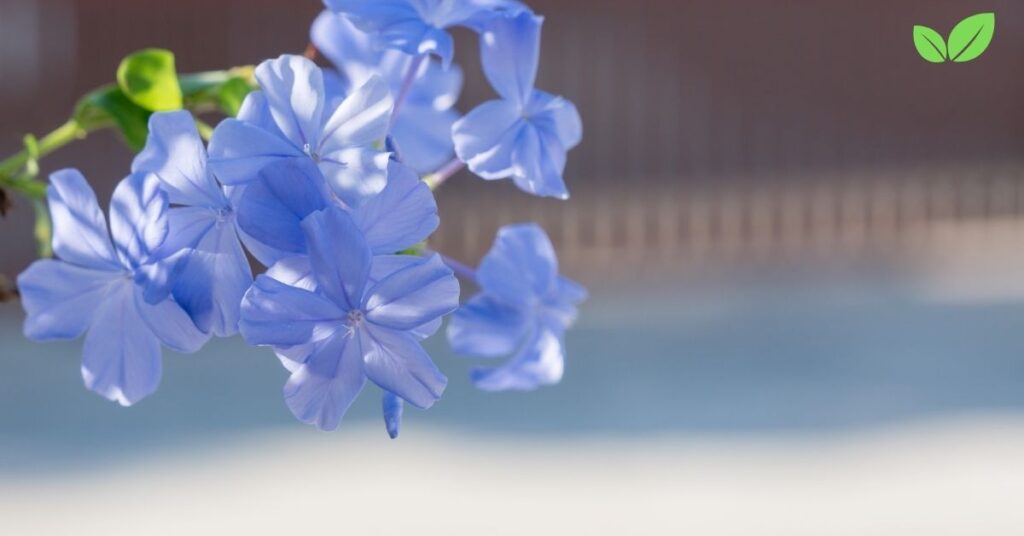
In its native range, Duranta erecta thrives in a variety of habitats, from forests and shrublands to riverbanks and coastal areas. Its hardiness and adaptability allow it to tolerate a wide range of environmental conditions, from drought to high humidity, making it a resilient species in both natural and human-altered landscapes.
Characteristics of Golden Duranta
One of the defining characteristics of golden duranta is its vibrant foliage, which often takes on a golden-yellow hue when grown in full sunlight. The leaves are simple, opposite, and have a smooth texture, contributing to the plant’s ornamental appeal. In addition to its colorful foliage, Duranta erecta is known for its profuse flowering, with blossoms appearing throughout much of the year in warm climates.
The plant’s flowers are small and borne in loose clusters, which can dangle gracefully from the branches. These flowers are followed by bright yellow or orange berries that, while visually appealing, contain compounds that are toxic to humans and many animals. Despite its toxicity, the berries are commonly eaten by birds, which helps to spread the plant’s seeds over large distances.
Duranta erecta has spiny branches, which can make it somewhat difficult to handle in garden settings. However, this characteristic also contributes to its use as a hedge or barrier plant, as its dense, thorny growth can provide an effective deterrent against animals or intruders.
Ecological Niche of Golden Duranta
The ecological niche of golden duranta is defined by its adaptability to a wide range of environmental conditions and its ability to thrive in disturbed habitats. As a hardy, fast-growing plant, Duranta erecta is capable of colonizing areas that have been impacted by human activity, such as abandoned fields, roadsides, and urban landscapes. In these environments, it can act as a pioneer species, quickly establishing itself in areas where other plants may struggle to survive.

Habitat and Distribution
In its native range, golden Duranta is found in a variety of habitats, including tropical forests, coastal scrublands, and open fields. It prefers full sun but can tolerate partial shade, and it grows best in well-drained soils, though it can also tolerate poor, dry soils. The plant’s natural range extends across the Caribbean, Central America, and parts of South America, where it grows as part of the local flora in ecosystems that range from coastal areas to montane forests.
As an introduced species, Duranta erecta has been planted extensively in tropical and subtropical regions worldwide, including Asia, Africa, Australia, and the Pacific Islands. Its ornamental value has made it a popular choice for gardens and landscapes, but in some areas, it has escaped cultivation and become naturalized, spreading into wild areas where it competes with native vegetation.
Seed Dispersal and Reproductive Strategy
Duranta erecta’s success as both an ornamental plant and an invasive species is largely due to its effective reproductive strategy. The plant produces large quantities of seeds, which are encased in brightly colored berries. These berries are attractive to birds, which consume the fruit and disperse the seeds over wide areas. The seeds can germinate in a variety of conditions, allowing Golden Duranta to establish itself in diverse environments, from urban gardens to wild ecosystems.
In addition to seed dispersal, Duranta erecta is capable of vegetative reproduction. The plant can propagate from cuttings or broken branches, allowing it to spread even when seeds are not involved. This vegetative reproduction further enhances its ability to invade and dominate new areas, making it difficult to control once established.
Ecological Role and Impact
Golden duranta plays a dual role in ecosystems: in some cases, it supports biodiversity and contributes to habitat creation, while in others, it poses a threat to native species and ecological balance. Its bright flowers and fruits attract pollinators, such as bees and butterflies, as well as seed-dispersing birds, contributing to local food webs. However, in regions where it has become invasive, Golden Duranta can outcompete native plants, disrupt natural habitats, and alter ecosystem processes.
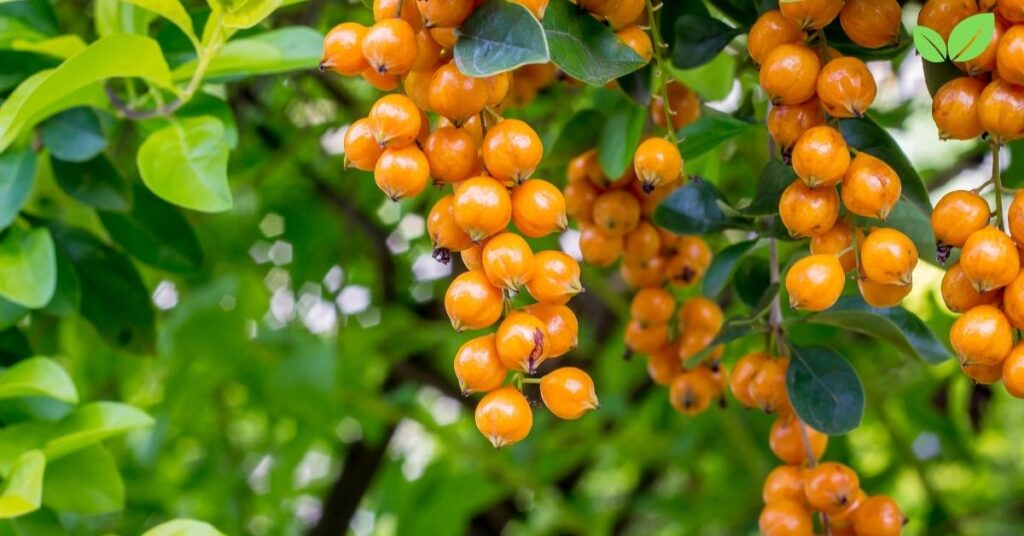
Positive Contributions to Ecosystems
In its native range and in managed landscapes, golden Duranta can provide several ecological benefits. Its flowers attract a range of pollinators, including bees, butterflies, and other insects, which rely on the nectar as a food source. This makes golden duranta an important plant for pollinator-friendly gardens and conservation efforts aimed at supporting declining pollinator populations.
The berries produced by golden Duranta are consumed by birds, which helps to sustain local bird populations and facilitates seed dispersal. In this sense, the plant contributes to the functioning of food webs in the environments where it grows, providing resources for both animals and insects.
Additionally, in garden landscapes, Duranta erecta can be used to create green spaces that contribute to urban biodiversity. By providing shelter and food for a variety of species, golden duranta can help offset some of the biodiversity losses associated with urbanization and habitat fragmentation.
Invasive Potential and Negative Ecological Impact
While Duranta erecta provides some ecological benefits in its native range and managed environments, it poses significant risks as an invasive species in many parts of the world. In regions where it has been introduced, Duranta erecta can escape cultivation and establish itself in wild ecosystems, where it competes with native plants for resources such as sunlight, water, and nutrients. In many cases, the plant’s fast growth and dense, sprawling habit allow it to outcompete native vegetation, leading to a reduction in local biodiversity.
The invasive potential of Duranta erecta is particularly concerning in areas with vulnerable ecosystems, such as tropical forests and coastal regions. In these environments, the introduction of non-native species like golden Duranta can disrupt ecological processes, alter habitat structure, and threaten endangered species. For example, in Australia and parts of the Pacific Islands, Duranta erecta has been identified as an invasive plant that poses a risk to native ecosystems.
One of the challenges of managing invasive Golden Duranta populations is its resilience and ability to regenerate. The plant’s seeds are spread widely by birds, and its vegetative propagation allows it to recover quickly from damage, making it difficult to eradicate once it becomes established. Additionally, the plant’s attractive appearance and popularity in gardening mean that it continues to be cultivated, sometimes leading to its escape into nearby wild areas.
Conservation Concerns and Management Strategies
The invasive potential of golden duranta has led to increasing concern about its impact on native ecosystems, particularly in regions where biodiversity is already under threat. To address these concerns, a range of management strategies have been developed to control the spread of Duranta erecta and mitigate its ecological impact.
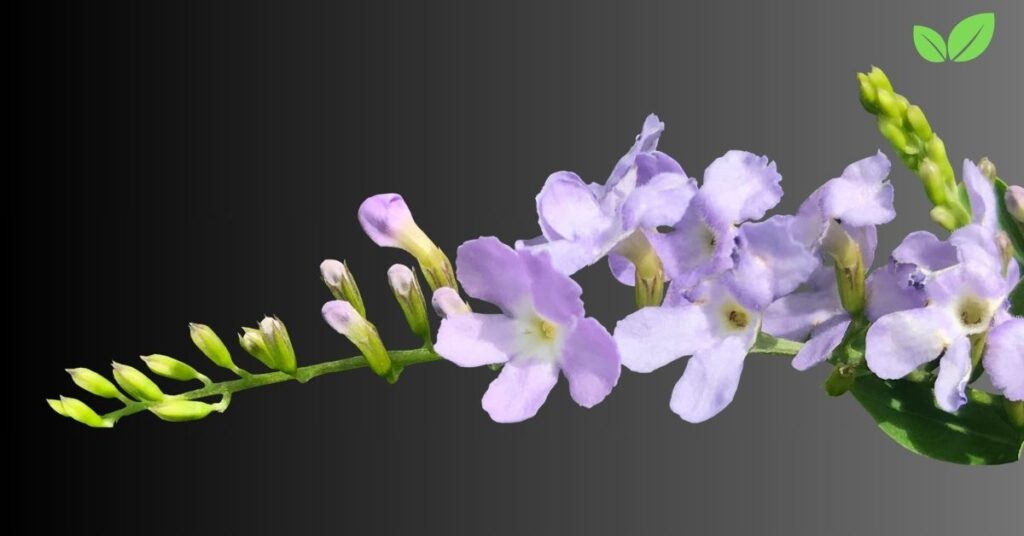
Prevention and Early Detection
One of the most effective strategies for managing invasive species like Duranta erecta is prevention. This involves regulating the sale and distribution of the plant in regions where it has the potential to become invasive. In some countries, restrictions have been placed on the planting and sale of golden duranta, particularly in areas where it poses a risk to native ecosystems.
Early detection and rapid response programs are also critical for preventing the establishment of invasive Duranta erecta populations. These programs involve monitoring vulnerable ecosystems for signs of invasion and taking immediate action to remove the plant before it becomes widespread. Early removal efforts are often more successful than attempting to control established populations.
Mechanical and Chemical Control
In areas where Golden Duranta has already become invasive, mechanical and chemical control methods are commonly used to manage its spread. Mechanical control involves physically removing the plant, including its roots, to prevent regrowth. This can be effective for small infestations but may be labor-intensive and difficult to implement in larger areas.
Chemical control methods, such as the use of herbicides, can be effective for controlling large populations of Duranta erecta. However, the use of herbicides must be carefully managed to avoid damaging non-target plants and wildlife. Additionally, herbicide resistance and the plant’s ability to regenerate from cuttings can make chemical control challenging.
Public Awareness and Education
Public awareness and education are key components of invasive species management. Many gardeners and landscapers may be unaware of the ecological risks posed by Duranta erecta and continue to plant it in areas where it has the potential to become invasive. Educating the public about the potential environmental impact of golden duranta is essential for preventing its spread. This can involve outreach programs, informational materials, and workshops aimed at promoting the use of non-invasive alternative plants in landscaping and garden design.
Public awareness campaigns can also encourage responsible gardening practices, such as avoiding the planting of Duranta erecta near natural areas, properly disposing of garden waste, and monitoring gardens for signs of plant escape. In regions where Duranta erecta is already considered invasive, community involvement in early detection and removal efforts can be an important part of controlling its spread.
The Role of Golden Duranta in Climate Change Adaptation and Urban Landscaping
In addition to its ecological impact as an invasive species, Duranta erecta has also been recognized for its potential role in climate change adaptation and urban landscaping. In many cities and urban areas, the plant is valued for its ability to withstand harsh environmental conditions, such as drought, poor soil, and high temperatures. These qualities make it an attractive option for gardeners and landscapers looking to create resilient green spaces that can thrive in a changing climate.
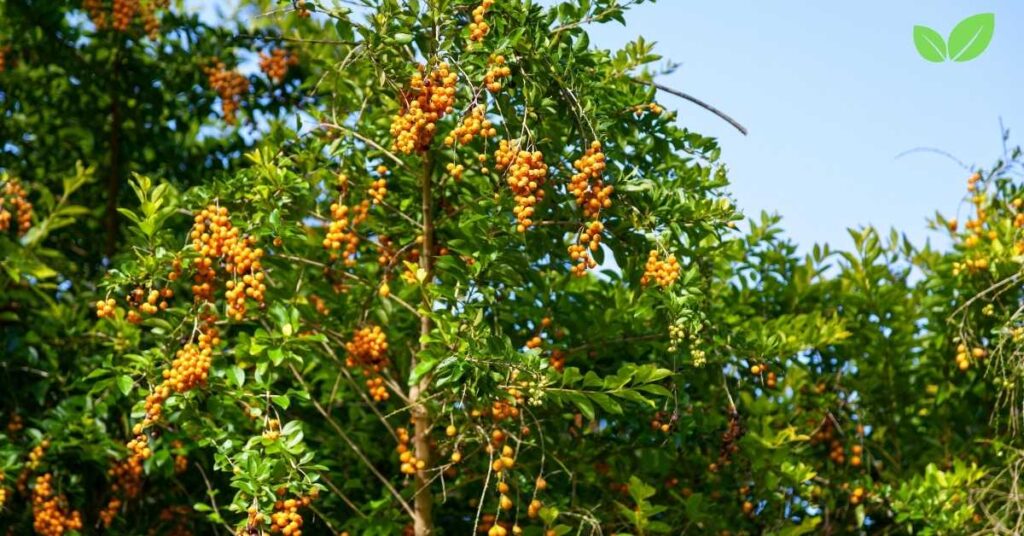
Drought Tolerance and Urban Resilience
One of the key features of Duranta erecta that makes it appealing for urban landscaping is its drought tolerance. The plant’s ability to survive with minimal water makes it well-suited to areas where water availability is limited, such as regions experiencing prolonged droughts or water shortages. This resilience to dry conditions can contribute to the creation of sustainable urban landscapes that require less water, reducing the demand on local water resources.
In addition to its drought tolerance, Duranta erecta’s ability to grow in poor soils and withstand urban pollution makes it a valuable plant for greening urban areas. Its dense foliage and rapid growth provide shade, reduce heat islands, and improve air quality, all of which are important for creating healthy, livable cities in the face of climate change.
Pollinator-Friendly Gardens
Despite its invasive potential in wild areas, Duranta erecta can be a valuable addition to pollinator-friendly gardens in urban and suburban settings. The plant’s profuse flowers attract a variety of pollinators, including bees, butterflies, and hummingbirds. In regions where pollinator populations are declining due to habitat loss, pollution, and pesticide use, golden duranta can help provide a critical source of nectar and pollen.
Gardeners who wish to include Duranta erecta in their landscapes should take care to manage the plant responsibly, ensuring that it is not planted near natural areas where it could spread. Regular pruning and the removal of seed-bearing berries can help reduce the risk of the plant escaping into wild ecosystems.
Golden Duranta as a Research Focus in Invasive Species Management
Duranta erecta has become an important case study in the field of invasive species management, particularly in regions where it has had significant ecological impacts. Researchers studying the plant’s biology, reproductive strategies, and ecological interactions are working to develop more effective methods for controlling its spread and mitigating its impact on native ecosystems.
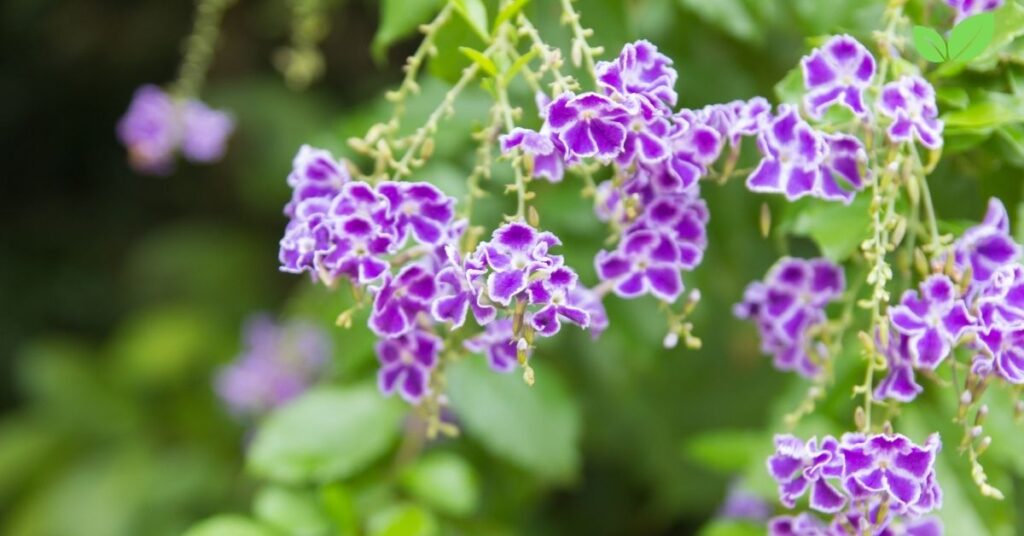
Understanding Invasive Potential
One area of research focuses on understanding the specific characteristics of Duranta erecta that make it such a successful invader. Factors such as its rapid growth, effective seed dispersal by birds, and ability to regenerate from cuttings all contribute to its invasive potential. By studying these traits, researchers can identify the conditions that make certain ecosystems more vulnerable to invasion and develop strategies to prevent or manage future invasions.
Additionally, research into the plant’s interactions with native species can help scientists understand how Duranta erecta affects biodiversity and ecosystem functioning. In some cases, the plant may outcompete native species for resources, while in other cases, it may alter habitat structure or disrupt food webs. Understanding these interactions is key to developing targeted management strategies.
Developing Sustainable Control Methods
Another area of research focuses on developing sustainable control methods for managing invasive Duranta erecta populations. While mechanical and chemical control methods are commonly used, researchers are exploring alternative approaches that minimize environmental impact. For example, biological control involves the introduction of natural predators or pathogens that specifically target the invasive plant, helping to reduce its population without the need for herbicides or labor-intensive removal efforts.
In addition to biological control, researchers are investigating the potential for integrated pest management (IPM) strategies that combine multiple control methods for greater effectiveness. By integrating mechanical, chemical, and biological approaches, IPM strategies can provide more comprehensive and sustainable solutions for managing invasive species like Duranta erecta.
Conclusion
Golden duranta (Duranta erecta) is a plant of striking beauty and ecological complexity. Its vibrant foliage and profuse flowers make it a popular choice for ornamental gardens and urban landscapes, where it can provide important ecological services, such as supporting pollinators and contributing to urban resilience. However, its ability to spread rapidly and outcompete native species in certain regions has also earned it a reputation as an invasive species with significant ecological consequences.
The dual nature of Golden Duranta—as both a valuable ornamental plant and a potential ecological threat—highlights the importance of responsible planting and management practices. In regions where the plant has the potential to become invasive, public awareness, early detection, and proactive management strategies are essential for preventing its spread and protecting native ecosystems.
As research into the plant’s biology and ecological impact continues, there is hope that more sustainable methods of controlling invasive populations will be developed, allowing gardeners and landscapers to continue enjoying the beauty of golden duranta while minimizing its environmental risks. By balancing the plant’s ornamental value with its ecological responsibilities, we can ensure that Duranta erecta remains a part of our landscapes without compromising the health of our natural environments.
In a world where climate change, habitat loss, and biodiversity decline are becoming increasingly urgent concerns, the story of Duranta erecta serves as a reminder of the need for thoughtful and informed approaches to plant cultivation and conservation.
Read More: What Wildflowers Are a Pink Gold Color? An Environmental Exploration

